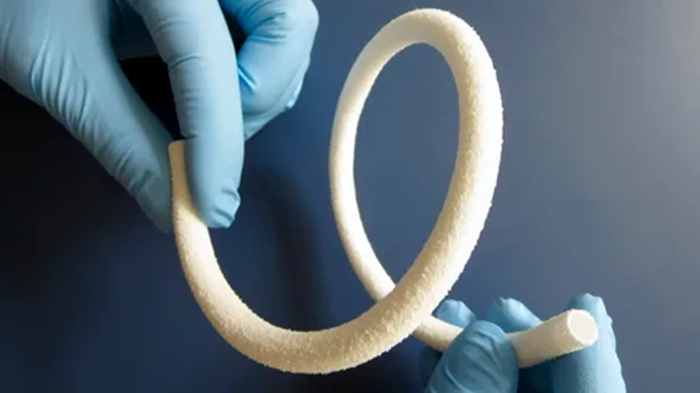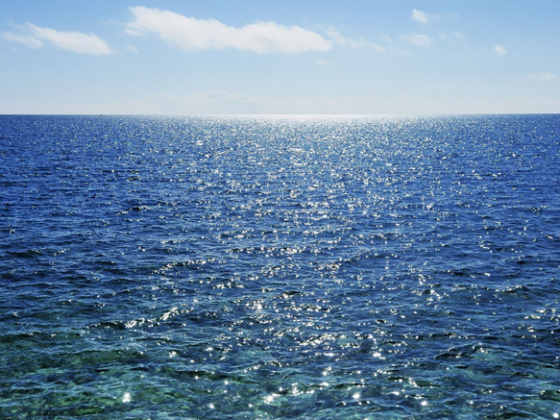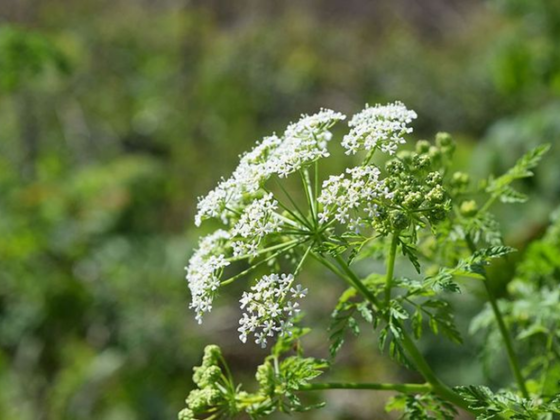Australian scientists have developed a new type of artificial blood vessels. An article about this was published in Advanced Materials. The vessels were created from tropoelastin, a precursor of the elastin protein, which plays an important role in the connective tissue of animals.
Tropoelastin was placed in a shell, which gradually dissolved and formed the protein base of future vessels. Then, during testing, the base was implanted in mice, their body accepted the material, and their own cells began to grow on the base, turning them into full-fledged vessels.
The work was carried out by specialists from the University of Sydney. Their development differs from competitors in its simplicity and low cost, as well as the speed of production. This is the first work where it was possible to achieve a high degree of similarity with the real structure of blood vessels.
In addition, the technology can be used for children: previously, surgeons had to replace implants as the patient grew. Now this is not necessary, since the vessels will grow with the child. Earlier, Russian scientists determined the criteria for stable intestinal microbiota.


